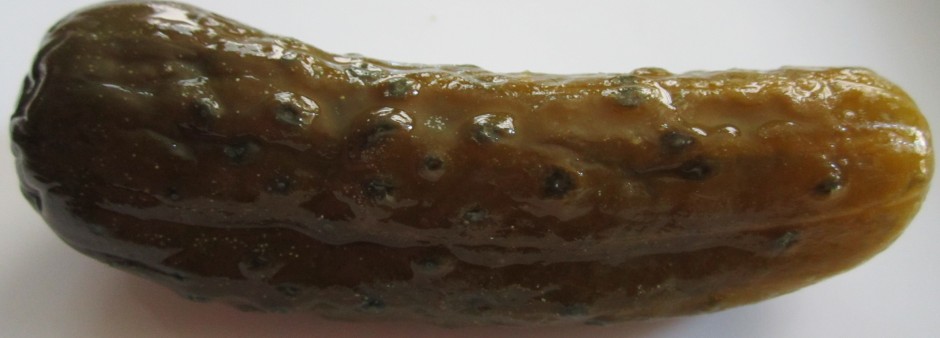
Chicago red hot setup at Portillo’s.
3 ½ years ago we did a taste test of Chicago style hot dogs which was focused on which was better, steamed or grilled. Grilled won, but that experiment hopscotched over the basic idea of what is a Chicago red hot (its other popular name) and what is the best way to enjoy it.

Weiner’s Circle Chicago hot dog with giant tomato slices.
Almost every foodie blog or newsletter seems to have an in-house Chicagoan who is eager to wax poetic about their native tube steaks. This puts us at a disadvantage because, though we have been to Chicago a number of times on business, our hot dog experience has been confined to those available at the airport. So this week, when Vienna Beef offered a $10 discount on their hot dog kit, we decided to revisit the experience.
10 dogs in natural casings, buns and condiments is now $55, an expected upcharge from $42 on the previous order. Apply code AXJCFH by July 31 and you’ll knock off $10 which in our case paid for most of the shipping via Fedex 2-day in a cooler with an ice pack. The hot dogs went onto a grill and then were tested by a number of tasters none of whom complained.

Our own Chicago red hot setup, waiting for the pickle spear.
The Vienna Beef people say the dog should be assembled in this order: 1. poppy seed bun. 2. Dog. 3. Mustard. 4. Lots of relish. 5. A sprinkle of onion. 6. Tomato on one side. 7. Pickle spear on the other side. 8. 2 sport peppers. 9. Sprinkle on celery salt. We’re okay with that except we can’t resist putting a little schmear of mustard on the bun before we begin to guarantee we’ll get some in every bite. Also we like to tuck the peppers into the bun where they are easy to control as you eat; put them on top and they might fall off.
Eat this properly assembled Chicago dog and you will have a temperature and textural experience reminiscent of the McDLT, a burger from the 80s which had the patty and bottom bun on one side of an earth-destroying Styrofoam container and lettuce and tomato on the other because “who wants to eat hot lettuce?” Each bite will bring a burst of cool from the pickle, tomato and pepper to offset the heat of the dog. And because end-to-end is really the only way you can eat a hot dog due to the form factor, that experience will be repeated to the last chomp.
Others, however, like to play with this formula and present a dog that looks impressive but requires further assembly by the customer. The Weiner’s Circle drapes two big tomato slices across the top of the dog. You can’t eat it that way so you need to stuff them in somehow, eat them separately, or just thow them away. And Portillo’s, by far the most popular established measured in Yelp reviews, tops their dog with an oversized pickle spear. Again, you can try to fit it in but are more likely to eat it separately, as you would do with the pickle accompanying a deli sandwich. In both cases you miss out on the hot-and-cold symmetry.
Before we go, some thoughts on how you might duplicate the Chicago hot dog experience without special ingredients. The poppyseeds on the bun are there for garnish, not for flavor; there aren’t enough of them to taste. So feel free to substitute a good quality sturdy local bun. The yellow mustard tastes like any yellow mustard and the neon relish and regular sweet pickle relish taste the same with your eyes closed. The Vienna Beef hot dog could be swapped out with a Sabrett’s or Nathan’s dog with natural casing. You can use any mild white onion; same with the tomatoes except you have the option to pick smaller ones that will fit easily within the bun. The pickle spear is generic and in fact isn’t included in the Vienna Beef hot dog kit. Vienna Beef makes a really good celery salt, but another brand would probably do as well.

Cross section of our Chicago hod dog with hot and cold ingredients blending together.
So that leaves the sport peppers. You might think of substituting pepperoncini but that won’t work because sport peppers are hollow and will reward you with a squirt of juice when you bite into them, whereas pepperoncini are flat. Pickled serrano or jalapeño peppers are going to be too spicy; you want just a hint of heat. Really, you may as well order Vienna Beef Sport Peppers on Amazon where you can currently get a single jar for $10 with Prime shipping included or a 4-pack for $23. That’s an affiliate link, so you can thank us while you’re thinking about all the money you saved on the other components.

















